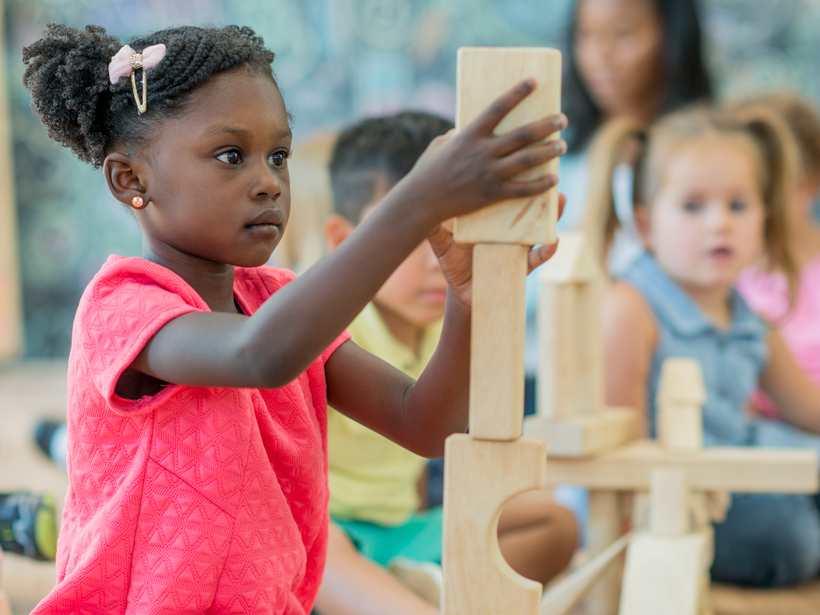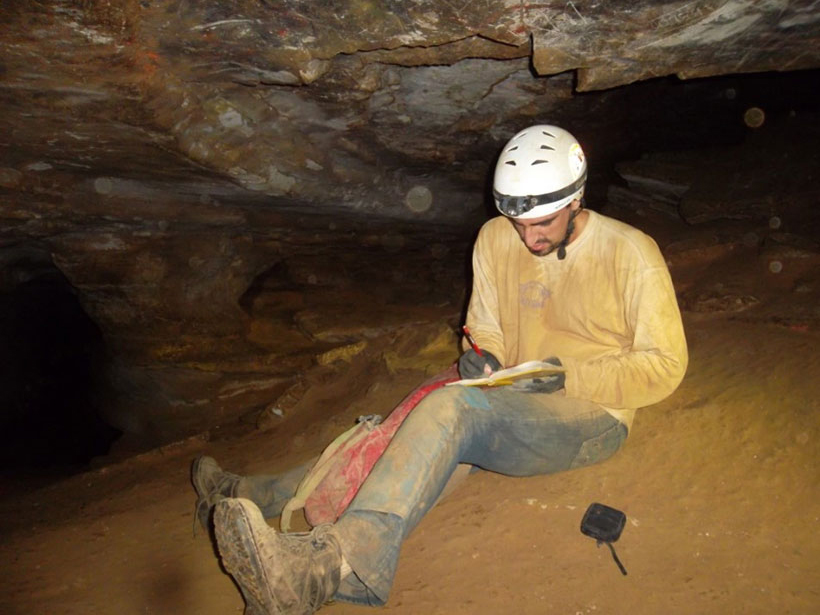Childhood recreational experiences help explain gender disparity and other differences in undergraduate students’ spatial abilities, researchers found.
L. G. Shields
Posted inNews
Oil Spill Response Knowledge Grows, but New Risks Emerge
Oil spill expert Nancy Kinner discusses lessons learned from Deepwater Horizon, dangers of aging infrastructure and atomized dispersants, and a Russian plan that imperils Arctic waters.
Posted inNews
Some Caves Remove Methane from the Atmosphere, New Tests Reveal
Isotopic signatures pinpoint the sinks and surprising sources of methane in widespread karst caves. Researchers suggest that this type of cave globally removes more methane than it produces.
Posted inNews
Damage Assessment by Laser Could Focus Postearthquake Response
Airborne lidar surveys taken before and after a powerful 2016 earthquake in Japan revealed the potential for such surveys to identify hard-hit buildings quickly.




